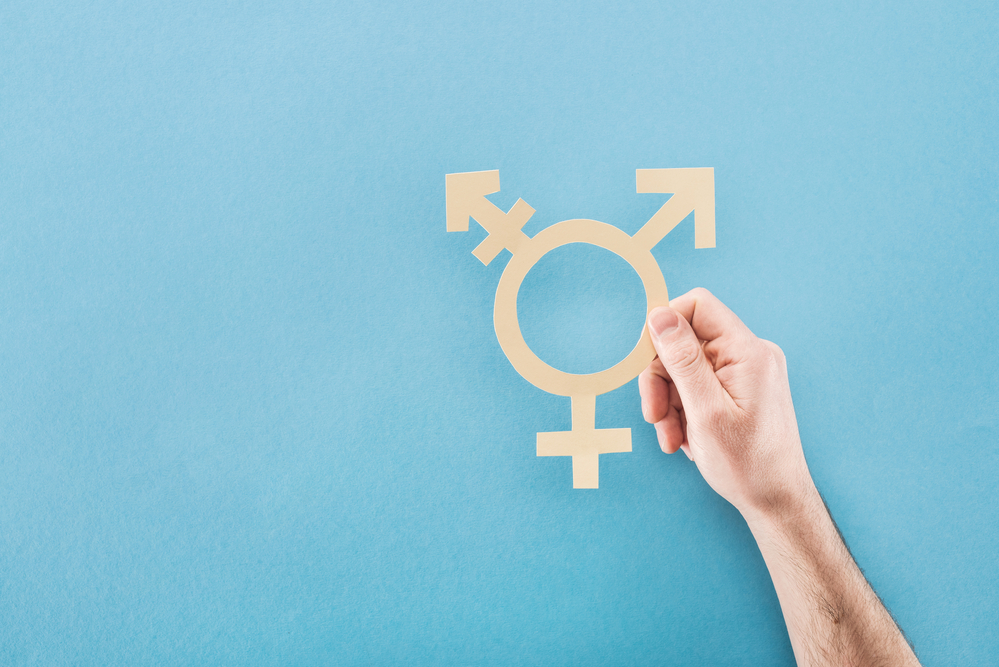
What Does It Mean to Be Transgender?

Transgender people have a gender identity that is different from the sex they were assigned at birth, whereas cisgender people have a gender identity that is the same as the sex they were assigned at birth.
Sometimes, transgender is mistakenly used as an umbrella term for all potential gender identities, but not all gender diverse individuals identify as transgender. People may also confuse gender identity and sexual orientation. Sexual orientation describes a person’s romantic, emotional, or physical feelings of attraction toward other people or no one (for asexual individuals). A person’s gender identity is their internal sense of self with respect to gender, which may be male, female, a mix of both, or neither.
Like other parts of a person’s identity, gender identity is an important part of who a person is, and it is unique to each individual. Since a person’s gender identity may differ from the sex that they were assigned at birth, it is important to be cognizant of different gender identities and respect how people identify by using the pronouns and identity descriptors that they ask you to use. Some commonly used pronouns are she/her, he/him, and they/them, and some examples of neopronouns that are inherently gender neutral are xe/xem, ze/zir and fae/faer.
Language is constantly evolving, and people may have preferences for different terms or descriptors. Below some commonly used terms related to gender identity are described.
Agender
A person who is agender does not have or identify with any gender.
Gender Dysphoria
Gender dysphoria is a term used to describe the distress an individual may feel when their gender identity does not match the sex they were assigned at birth. Not all gender diverse individuals experience gender dysphoria.
Gender Expansive
Gender expansive can be used to describe a person who experiences a broader or more flexible range of gender identity and/or gender expression than that of gender binary (i.e., the classification of gender into two distinct forms, male and female). Someone who is gender expansive may not adhere to any one gender, may experience a mix of genders, or may identify primarily as man or woman, but within a spectrum of gender identity. A gender expansive individual may use gender-neutral pronouns or not. It is best to ask which pronouns a person uses if you are unsure.
Gender Fluid
Gender fluid refers to people whose gender identity is not fixed.
Gender Incongruence
Gender incongruence describes when one’s gender identity does not align with the sex they were assigned at birth.
Gender Nonconforming
A person who is gender nonconforming does not conform with gender stereotypes or adhere to commonly held societal beliefs of how a person of a certain gender should be or behave.
Nonbinary
Nonbinary describes individuals whose gender identity is not defined by the gender binary. Because nonbinary means different things to different people, it is important to ask what nonbinary means to an individual who identifies as such.
Transgender
A transgender person is someone whose gender identity does not match the sex that they were assigned at birth. Transgender individuals may or may not take steps such as gender affirming hormone therapy or gender affirming surgery to match their bodies to their gender identity.
The above is simply a starting point for learning about different gender identities and should not be viewed as an exhaustive list. For additional resources, visit https://pflag.org/ and https://www.glaad.org/.
Resources:
- PFLAG. (Updated January 2021). PFLAG National Glossary of Terms. https://pflag.org/glossary.
- Romani, A., Mazzoli, F., Ristori, J., Cocchetti, C., Cassioli, E., Castellini, G., Mosconi, M., Meriggiola, M.C., Gualdi, S., Giovanardi, G., Lingiardi, V., Vignozzi, L., Maggi, M., & Fisher, A.D. (2021). Psychological Wellbeing and Perceived Social Acceptance in Gender Diverse Individuals. The Journal of Sexual Medicine, 18(11), 1933-1944. DOI:https://doi.org/10.1016/j.jsxm.2021.08.012.

